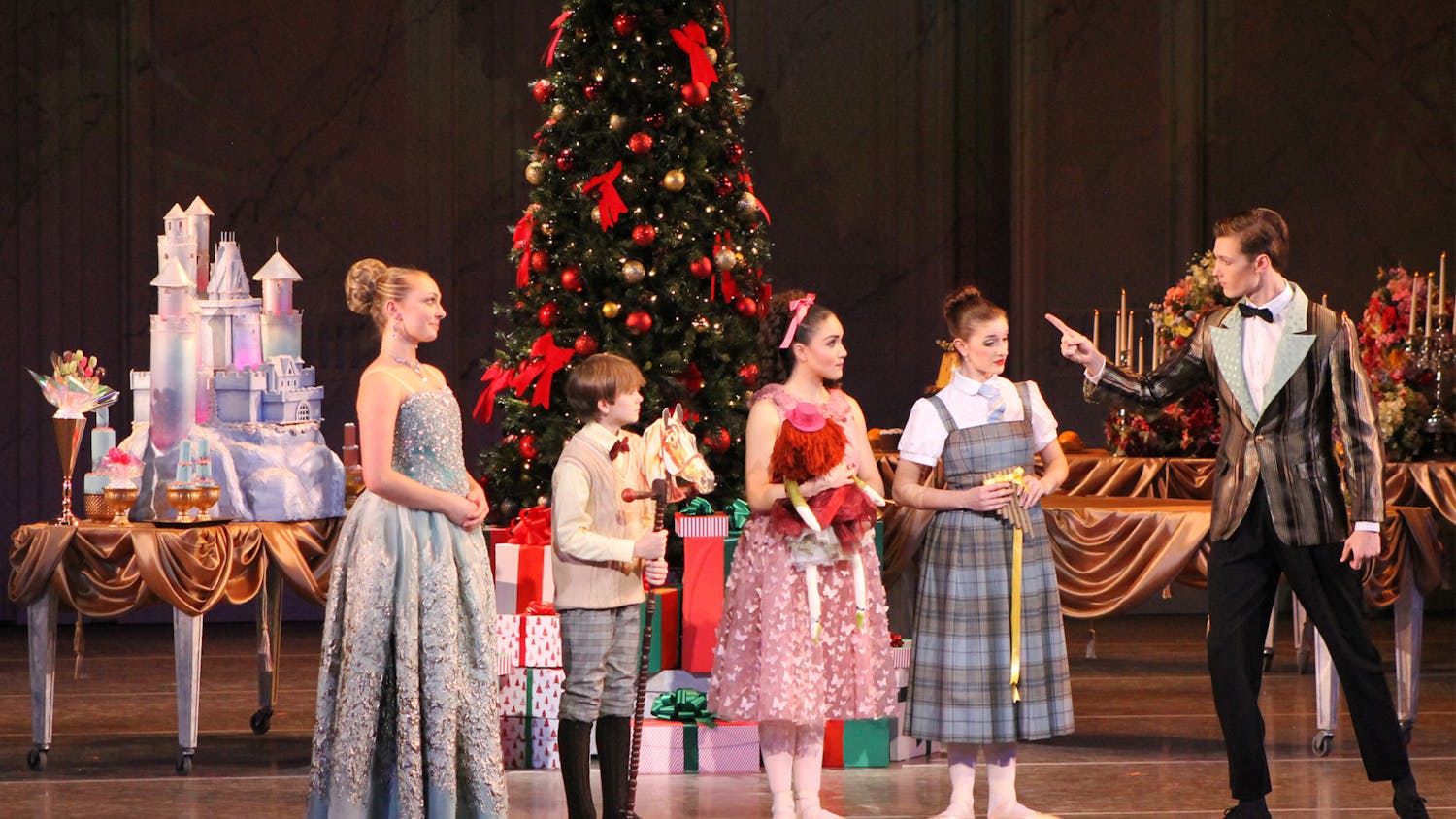BALTIMORE -- When Gustave Courbet painted "The Stream of the Puits Noir," or black well, he emphasized the noir.\nThe picture is drenched in black to the point of near-abstraction. It offers a primordial view of nature, yet it's more seductive than foreboding.\n"Courbet and the Modern Landscape," an exhibition on display at the Walters Art Museum, makes the case for Courbet (1819-1877) as a radical. Best known for his realist, figural pictures such as "Burial at Ornans," Courbet churned out countless landscapes in his late career, but many of them were painted by assistants with only a brief touchup by the master.\nThe show brings together landscapes painted entirely by Courbet and spotlights his idiosyncratic vision and technique. His work anticipated the innovations of impressionism and influenced Manet, Cezanne and Gauguin.\nEik Kahng, curator of 18th- and 19th-century art at the Walters, said black is not a pigment associated with the impressionists, but is "one that Courbet uses masterfully. He actually has 'blackgrounds' -- black, dark pigment as a ground layer, over which he lays more and more paint and sometimes scrapes away to allow the black to peep through."\nThe technique allowed Courbet to depict the dark recesses of caves, the shade created by a canopy of trees and flecks of rock and dirt emerging from melting snow. He also wasn't shy about leaving marks from his palette knife or even his fingers, lending his pictures an intensely physical quality.\nCourbet's method "was totally bizarre, and really kind of brutal in its effect sometimes," Kahng said.\nThe show at the Walters, which originated at the J. Paul Getty Museum in Los Angeles, is arranged according to seasons.\nThe curators studied color psychology in an attempt to match the lighting design and the paint on the walls with the moods of the seasons. Ambient music composed by students at the nearby Peabody Conservatory is piped in softly. The touches are meant to get visitors in a contemplative mood and heighten their awareness of the beauty of the paintings, Kahng said.\nIt would all be window dressing, of course, if Courbet weren't such a knockout painter.\n"He doesn't need any help," Kahng said. "He's one of the greatest landscape painters, greatest painters, really, of all time."\nVisitors need look no further than "The Gust of Wind" (c. 1865) for proof of that. Courbet uses delicate brush strokes to render the tranquil hills in the background, but the wind-swept foreground, with an ominous black cloud overhead, is painted "in bold, sweeping gestures of the knife and brush, the sheer dynamism of which grips the viewer standing at close range," according to the exhibition catalog.\nSuch sweeping vistas, however, were relatively rare for Courbet. He preferred less overtly spectacular scenery, much of it from his hometown of Ornans, in a region of eastern France known as the Franche-Comte. There he found ancient caves, streams and cliffs that evoked the timelessness of nature.\n"Grotto of Sarrazine Near Nans-sous-Sainte-Anne" (c. 1864) draws the viewer's eye to the entrance of a cave. In a strategy he used frequently, Courbet crops the picture closely, refusing to take the longer view that may offer prettier scenery.\n"These aren't necessarily 'picturesque' scenes," Kahng said. Instead, they have what she called a "moody quality."\n"They are frequently desolate," Kahng said. "It's almost as if you are there for the first time. You possess the landscape as though seeing it for the first time before any kind of domestication or civilization."\nIn his seascapes, Courbet again anticipated impressionist painters such as Monet, pushing the images into near-abstraction. In some, boats or rocks in the distance are suggested with little more than a black glob of paint, and in others, like "Seacoast" (1865), Courbet shows nothing but churning waters and gray skies. Monet would approve.
Courbet didn't set up his easel outside as the impressionists did, and instead worked from memory in a studio. That's how he was able to keep painting scenes from his hometown even as he lived his last years in exile, after his involvement in a brief provisional government called the Paris Commune led him to be accused as an enemy of the state.\nHe fled to Switzerland, where he worked with studio assistants to produce landscapes that he knew would sell. The inferior quality of many of these pictures diminished Courbet's reputation as a landscape artist, but critics and historians now recognize his genius for the form.\nIt's easy to spot a landscape painted entirely by Courbet because of its emotional content, said Kahng, pointing to a personal favorite, a view of the Alps called "Winter Landscape" (1876), painted near the end of Courbet's life. The picture, she said, is a "meditation on the effervescence of life -- the fact that one's mortality is constantly inscribed in the eternal quality of nature."\n"Courbet and the Modern Landscape" runs through Jan. 7. The Walters, which recently eliminated admissions fees, plans to charge for certain special exhibitions, but the Courbet show is free.





